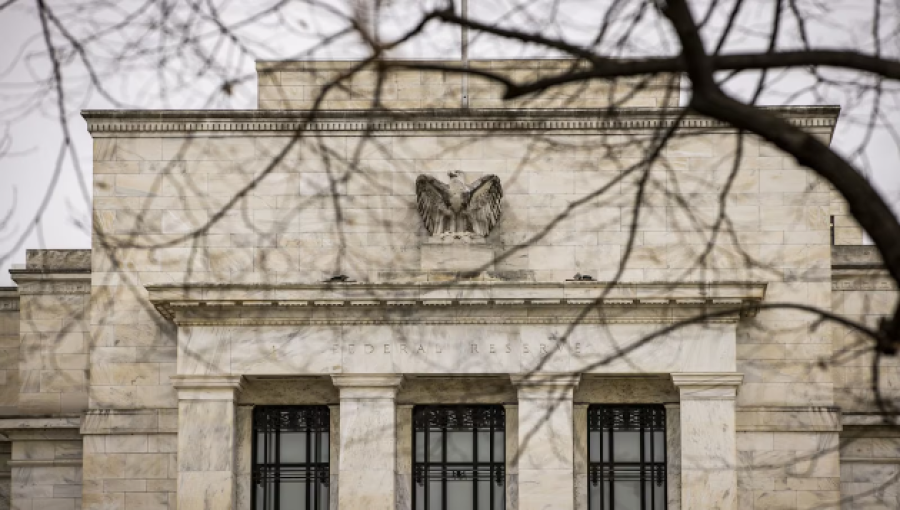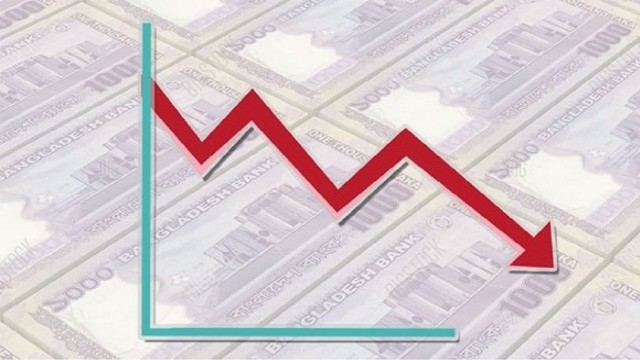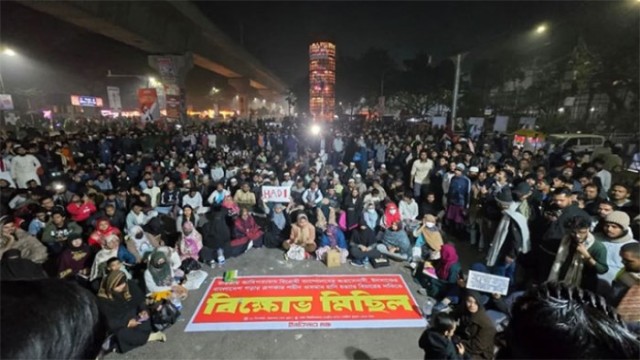The US Federal Reserve is expected to keep interest rates unchanged this week but might reduce the number of anticipated cuts for the year as policymakers review mixed economic data.
Economic indicators show stalled progress against inflation and a robust labor market, leading many analysts to predict that the Federal Open Market Committee (FOMC) will not cut interest rates from their current 23-year high before September at the earliest. A delay until September could widen the gap between the Fed and the European Central Bank (ECB), which began easing monetary policy rates last week.
Wells Fargo economists noted, "Data released since the last meeting indicate that the threat of price re-acceleration due to strong economic activity has diminished somewhat," and they expect the FOMC to maintain its current target range for the federal funds rate at 5.25%-5.50% following its June 12 policy meeting.
After two days of discussion, the Fed will announce its interest rate decision on Wednesday afternoon and update its economic forecasts from March. Most analysts anticipate the FOMC's 19 members will lower the number of expected cuts for this year from three to two.
Bank of America economists wrote, "At the June FOMC meeting, we see the Fed revising its outlook in favor of slower growth and firmer inflation," predicting two rate cuts this year starting in September, contingent on more evidence of disinflation.
Fed Chair Jerome Powell has emphasized the Fed's data-dependency and independence from political influences. However, a September start to rate cuts would place the Fed's decisions in the midst of a contentious presidential campaign between President Joe Biden and his Republican challenger, Donald Trump, who has previously questioned the central bank's independence.
Futures traders see almost no chance of a rate cut before September and have recently lowered their expectations for a September cut, with a 50 percent probability that easing won't begin until November.
Barclays economists stated, "At this juncture, there is little reason to think that the FOMC will prioritize downside risks to employment over the much more salient risk of sustained high inflation," predicting rates will stay on hold for the next few meetings until the FOMC gains confidence that inflation is sustainably moving toward the 2% target. They still foresee one rate cut this year, likely in December.
Given the certainty of unchanged rates on Wednesday, analysts will closely watch Powell's press conference for signals of when the first cut might occur. However, Oxford Economics chief US economist Ryan Sweet expects Powell to maintain the Fed's flexible stance, stating, "It would be surprising if his presser altered our subjective odds of a cut in September."






























Comment: